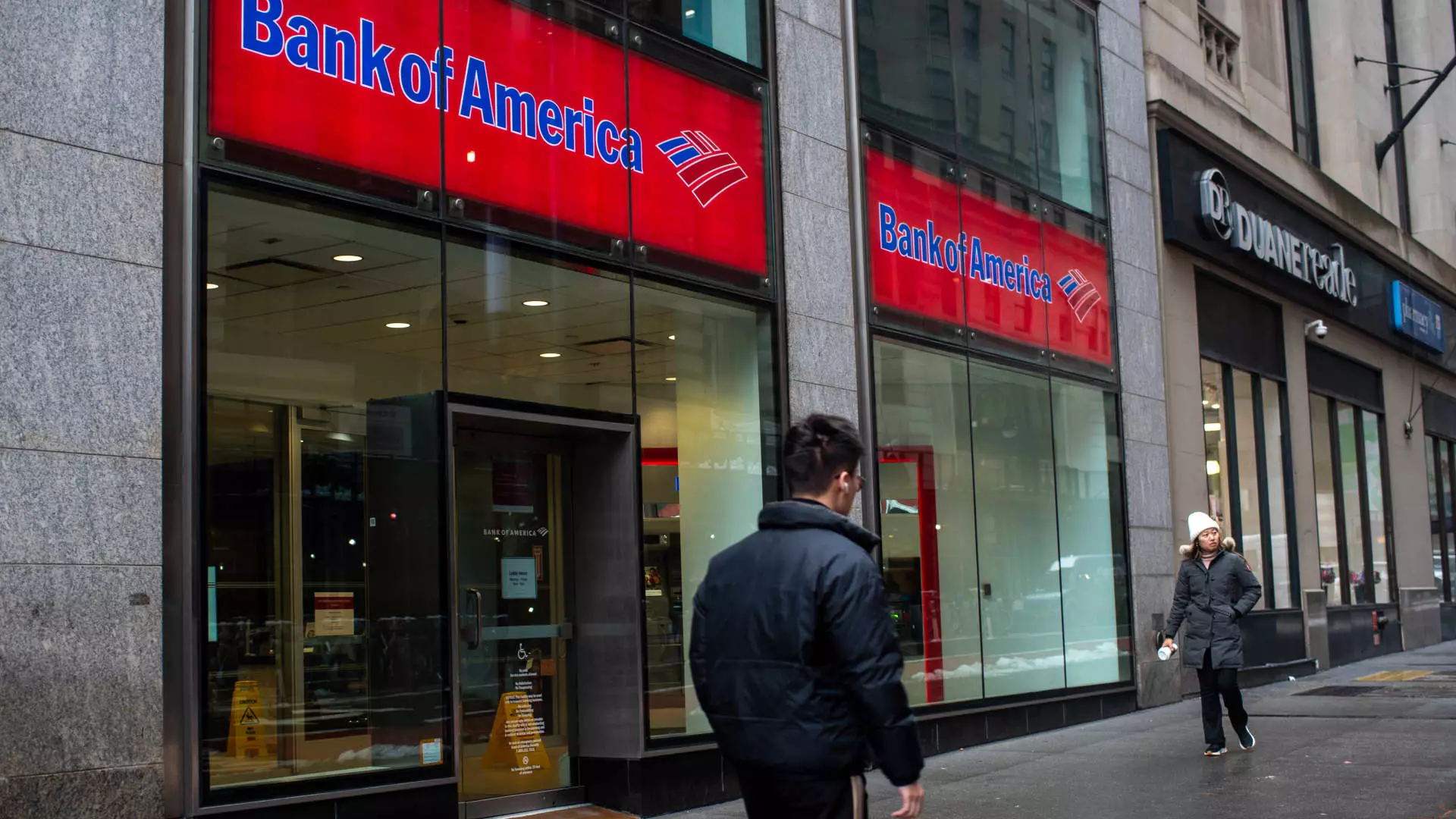In a world characterized by unpredictable geopolitical tremors and tariff shocks, the veneer of market resilience is increasingly fragile. The S&P 500’s recent stagnation, even in the face of conflicting headlines, belies an underlying vulnerability that only astute investors recognize: the importance of dividend-paying stocks as a safeguard. In times when volatility reigns, dividend income is not merely a bonus but a strategic fortress. However, not all dividend stocks are created equal—some have the potential to elevate your portfolio while others lag behind, unfit to withstand economic turbulence. A critical eye reveals that the key isn’t just high yields; it’s sustainable growth and financial health, qualities Goldman Sachs has notably prioritized in its recent picks.
Why Growth Matters More Than Just High Yields
The allure of a high dividend yield often blinds investors to a company’s underlying stability. A yield alone can be deceptive, masking unsustainable payouts or weak earnings. Goldman Sachs’s strategy underscores that the most compelling dividend stocks are those with a proven track record of steadily increasing dividends. Companies with a strong “coverage ratio”—meaning their earnings comfortably support their dividend payments—are better equipped to navigate economic downturns. By focusing on firms with a minimum 2% yield and a 5% or higher compound annual growth rate in dividends, investors align themselves with companies that are not only returning capital today but are committed to growing their payouts into the future, even when markets sway.
Financial Titans and Their Resilience in Turbulent Times
Banks like Citigroup, Wells Fargo, and Bank of America exemplify this prudent approach. All three have passed recent Federal Reserve stress tests, calming fears around their resilience and enabling them to bolster payouts. For instance, Bank of America’s recent 8% increase in quarterly dividends indicates confidence in its earning power. These financial institutions benefit from robust earnings, improving their capacity to maintain and grow dividends, even as the broader economy wobbles. Their RBI compliance signals an added layer of security, making them relatively safe bets for dividend seekers willing to embrace moderate risk for stability and income.
The Utility Sector: Steady Yet Not Unguarded
Utilities like NextEra Energy and American Electric Power are often viewed as defensive pillars. Despite recent setbacks—most notably NextEra’s 3.5% drop following an executive order ending subsidies for renewables—these companies demonstrate resilience through diversified earnings and long-term growth strategies. NextEra Energy’s estimated 10% dividend-per-share CAGR from 2024 to 2026 underscores the sector’s growth potential, especially for investors seeking both income and appreciation. Meanwhile, American Electric Power, with a slightly higher dividend yield of approximately 3.6%, has enjoyed a 12% year-to-date gain, signaling underlying strength despite headwinds in the energy sector. Their ability to generate steady cash flow and adapt to policy changes determines whether their dividends will continue to grow amidst regulatory shifts.
Real Estate and Consumer Cycles: Selectivity Is Key
The real estate sector, exemplified by American Homes 4 Rent, underscores the importance of strategic specialization. With over 60,000 properties focused on single-family rentals, American Homes 4 Rent benefits from a resilient housing market, despite being slightly down year-to-date. Its estimated 3.3% dividend yield and steady FFO guidance paint a picture of cautious optimism. Conversely, companies like Lowe’s remind investors that even stalwarts facing sector-wide downturns—down nearly 9% this year—can still maintain addressable growth strategies. Lowe’s optimism about its full-year outlook amid macroeconomic headwinds suggests that disciplined management and a flexible narrative can sustain dividends, even in a challenging landscape.
In Summary: The Critical Edge in Dividend Investing
As the geopolitical landscape becomes more tumultuous, the market’s short-term movements are increasingly unpredictable. However, dividend-paying stocks—specifically those with sustainable growth, strong earnings backing payouts, and strategic positioning—offer a compelling defensive advantage. The insights from Wall Street’s leading analysts highlight that not all dividends are worth chasing. Instead, keen investors must prioritize growth potential and financial stability over sheer yield. In doing so, they can craft a portfolio that not only withstands shocks but also capitalizes on the inevitable rebounds. This isn’t about reckless pursuit of yield but about disciplined, forward-looking investing that recognizes dividends as a vital component of a resilient, prosperous portfolio, especially for those with a center-right liberal outlook—balancing fiscal responsibility with the pursuit of steady income and growth.

